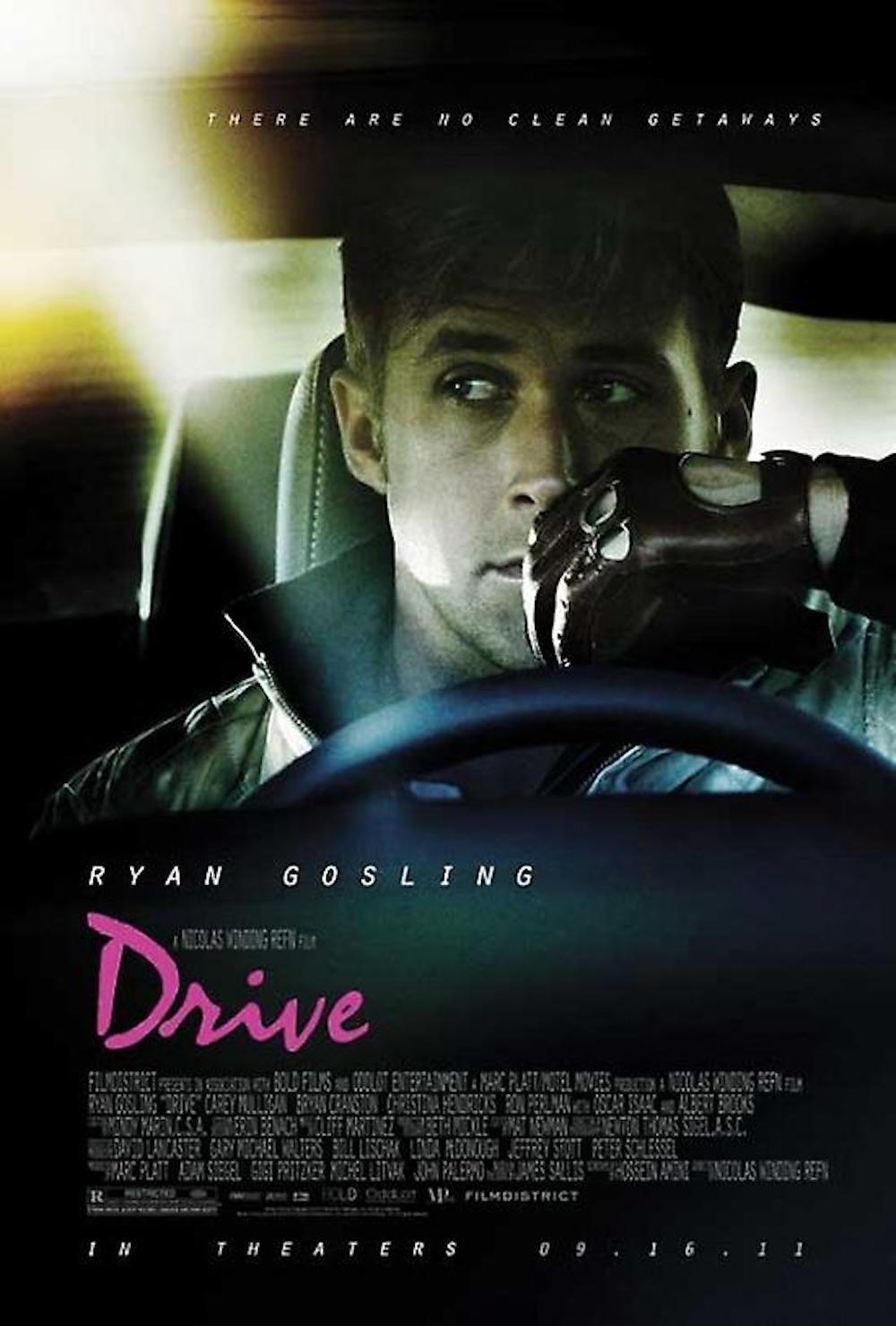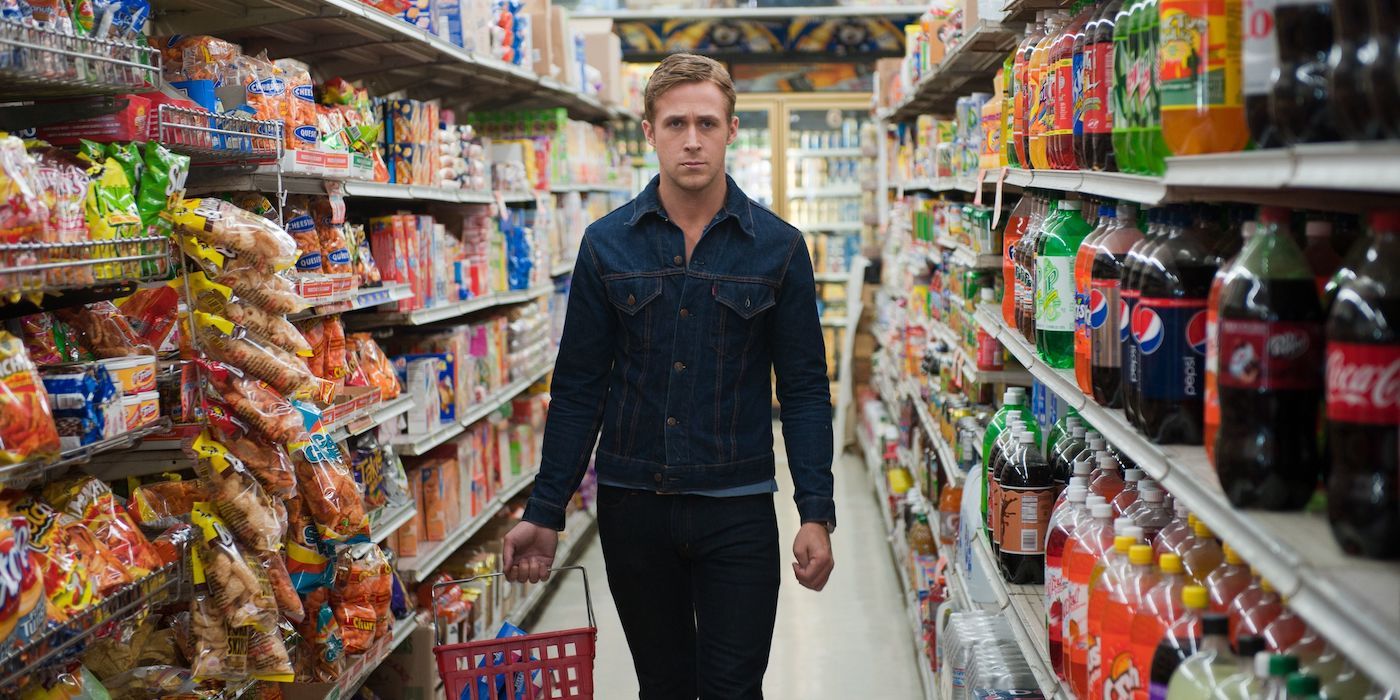The Big Picture
- Drive is a love story that reinvents classic noir and Western archetypes into a slick modern thriller, showcasing Refn's male sensitivity.
- The Driver's struggle to escape his violent nature and pursue a normal family life is a central theme throughout the film.
- The ending suggests that The Driver expected to be betrayed and had entered the restaurant with the intention of killing Bernie, leaving the audience to interpret his fate.
While the films of Nicholas Winding Refn are often divisive among critics and audiences due to their shocking content, his 2011 film Drive has been widely acknowledged as one of the best films of the past several decades. Drive proved that Refn wasn’t just a “style over substance” filmmaker. There’s certainly something inherently exciting about the film’s electrifying score and the propulsive action sequences, but at its heart, Drive is a love story that reinvents classic noir and Western archetypes into a slick modern thriller. It’s almost strange for a filmmaker as notoriously flashy as Refn to show such male sensitivity with his lead character, but Drive leaves the audience emotionally overwhelmed until its shocking (if somewhat confusing) ending.
Drive follows a nameless drifter (Ryan Gosling) who works under the veteran mobster Bernie Rose (Albert Brooks). While the Driver attempts to make a break from the profession that he’s contributed so much of his life to, Rose refuses to let him go. It gets more complicated for The Driver when he begins to fall in love with his neighbor Irene (Carey Mulligan) and forms an attachment to her young son Benicio (Kaden Leos), only to realize that her husband Standard Gabriel (Oscar Isaac) is a dangerous ex-con. Pushed to his capacities, The Driver attempts to save his new family and have the happy life that he’s always dreamed of.
Drive was baffling to some audiences who went in expecting something close to The Fast and the Furious, as Gosling’s nearly wordless performance isn’t as inherently expressive as most action movie protagonists. While the complex gangster storyline involving The Driver’s last heist is complex in its own right, analysis has suggested that not everything about the last act of Drive is as literal as it seems. The increasingly surrealist nature of Refn’s work suggests the same thing. Here is everything you need to know about the ending of Drive, explained.

Drive
A mysterious Hollywood action film stuntman gets in trouble with gangsters when he tries to help his neighbor's husband rob a pawn shop while serving as his getaway driver.
- Release Date
- August 6, 2011
- Director
- Nicolas Winding Refn
- Cast
- Ryan Gosling , Carey Mulligan , Bryan Cranston , Albert Brooks , Oscar Isaac , Christina Hendricks
- Runtime
- 100
- Main Genre
- Crime
- Writers
- Hossein Amini , James Sallis
- Tagline
- Some heroes are real.
Who Is Ryan Gosling's Driver Really?
Throughout the film, the audience is given the impression that The Driver is unable to change his inherent nature and redeem himself from the acts of violence that he has committed. Early on, The Driver watches a movie with Benicio, who tells him that he can tell that the shark is the villain. When The Driver asks if the shark could ever be a “good guy,” Benicio says it isn’t possible. This represents The Driver’s dilemma; he’s tempted by a normal family life with Irene, but he keeps getting dragged into the criminal world. The Driver’s facial reactions to violence are often those resembling a timid child, who is scared of what he has become.
Another hint about this theme comes through the story of the frog and the scorpion that is told. A scorpion asks a frog to take him across the river, to which the frog refuses out of fear. Although the frog agrees after the scorpion tells him that they will both drown if he ends up stinging, the scorpion stings the frog anyway because he can’t change his nature. It’s no coincidence that The Driver’s iconic jacket has the image of a scorpion on it. This is essential to understanding The Driver’s conception of himself towards the ending.
There’s no sequence that shows this change better than the elevator brawl; The Driver savors his last “normal” moment with Irene by kissing her, then showing who he truly is when he kills the thugs. It’s as if he has “stung” Irene by drawing her into his world, and this is accentuated once he discovers the body of his handler Shannon (Bryan Cranston). After putting on the rubber mask from the movie set, The Driver dispatches Nino (Ron Perlman) on a beach in a very cinematic atmosphere. At this point, it’s as if he feels that he’s ascended to a heightened cinematic reality.
Does Ryan Gosling Die at the End of 'Drive'?
The Driver has received an ultimatum from Bernie, who offers to protect Irene and Benicio if he receives the monetary reward. The Driver complies, but prior to his meeting with Bernie, he calls Irene and informs her that he will not return, but that she will be safe and taken care of. While this doesn’t necessarily suggest that The Driver is accepting death, it does indicate that he won’t see Irene again to not put her in danger. He hopes that she will emerge having a fond memory of his as what the theme song refers to as “a real human being.”
After The Driver meets Bernie and hands him the money, the ruthless Jewish mobster stabs him in the gut. It’s likely that The Driver expected this, as later shots show him scanning the restaurant and mapping out the area ahead of time. Since The Driver already has a knife with him ready to stab and kill Bernie in return, it’s suggested that he expected to be betrayed and had entered the restaurant with the intention of killing him. When he leaves and drives off at the end, The Driver does not take the stash of cash that has been “tainted” with blood.
Some have speculated that The Driver didn’t actually survive and that the final drive away is him ascending to heaven and living out the vision of himself that he imagined. This is possible, but considering the blood is still on his hands there’s no implication that he’s in a dream sequence in the final moments of his life. Even though The Driver is severely wounded, he expected to be attacked by Bernie. Irene knocks on his door and realizes he’s gone for good, but The Driver has wanted to leave her behind to not intrude on her life anymore. Drive is a relatively straightforward film that’s more interesting on multiple viewings to look at its metaphorical implications. Refn plays with the iconography of the Los Angeles crime scene to examine the mythologization of heroes and villains, and the scenes on a film set suggest that Drive is analyzing the nature of crime films. It’s one of the best films of the 21st century, regardless of how you choose to interpret the ending.
Drive is available to rent in the U.S. on Amazon Prime Video.

